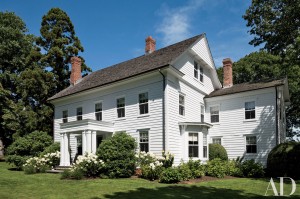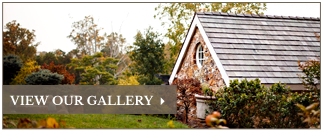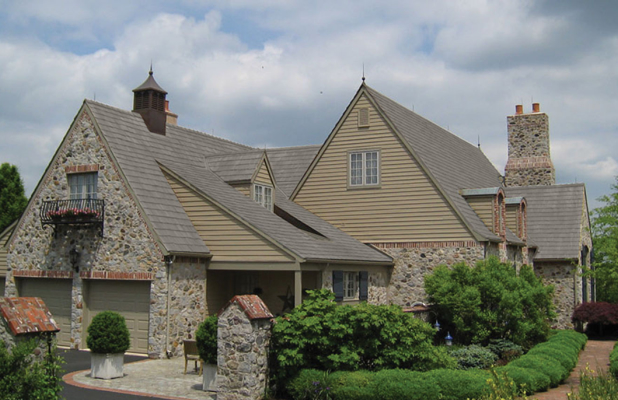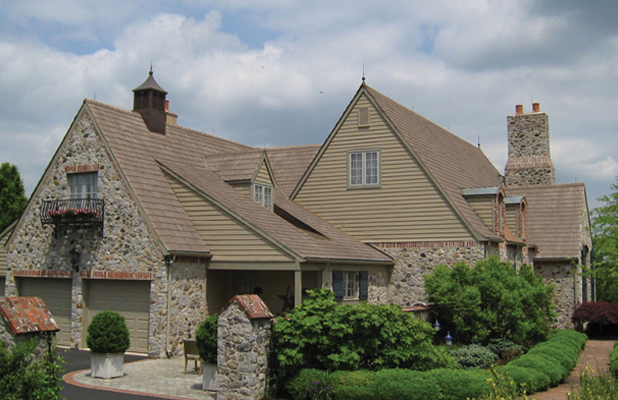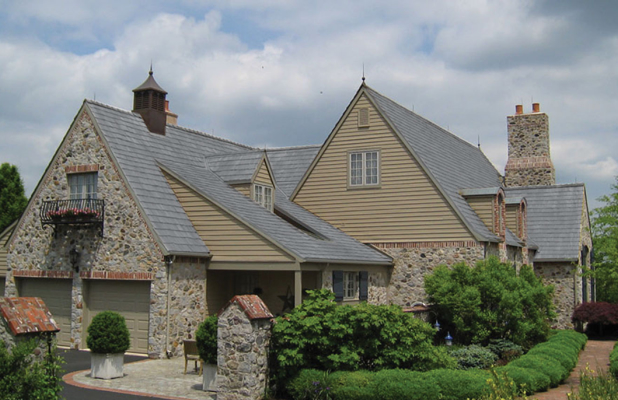Architectural Design and Cedar Roofing – Traditional Homes
This is the first in our series of blogs on home design and the many styles of architecture to use cedar roofing. While cedar roofing complements a variety of architectural styles, it makes sense to begin our series with traditional homes; Having been used for for centuries in this country, cedar is a beautiful and historically appropriate material for older home renovations and recreations especially in Colonial regions such as the Brandywine River area, Chester and Delaware counties in Pennsylvania and throughout New England. Historic sites, including, Philadelphia’s Independence Hall, the buildings of Valley Forge and Thoreau’s Walden home all have cedar roofs as do many historic homes lovingly restored by their owners or those designed by architects in a traditional-style which remain so popular.
Ask the Architect: Popularity of Traditional Homes
To learn more about the popularity and challanges posed by this style of home design, Clem Labine’s Period Homes Magazine interviewed the designers of Historical Concepts, an Atlanta architectural partnership providing architecture and planning services to residential, developer, and civic clients. The firm is committed to producing original architecture informed by classical tradition and lessons of historic precedent. Their answers offer some insight on traditional design and craftsmanship:
Traditional-style homes continue to be one of the most coveted designs, especially in the Northeast and Midwest. What is it about the style that so consistently draws homeowners?
Domenick Treschitta, AIA: On many levels, people instinctively respond to the underlying principles of traditional design. Proportions are based on classical orders, which in turn were derived from the inherent properties of building materials like wood or masonry. As spans get larger, for example, more columns will be added or a lintel will get deeper. This formula creates a natural scale and proportion that is believable and comforting. I think that traditional homes are in demand because they tend to be timeless. When a well-detailed traditional home is built with lasting materials, it will get better with age. In contrast, many contemporary homes can feel quickly dated as trends go out of favor. Just think of how funny those first generation iPhones are already starting to look.
Ask the Architect: Details Matter
Considering the awards for traditional and classical architecture that Historical Concepts has won—including an Arthur Ross Award from the Institute of Classical Architecture and Art—it’s clear your designers know detailing. What is the biggest design challenge that this focus on detail accuracy has presented?
Kevin Clark, AIA: A frequent challenge in focusing on details is managing the expectation for speed. In contrast to today’s digital, fast-paced world, detailed design takes time. We often speak of weaving the design—from plan to elevation and interior to exterior—and this process means that you cannot settle on a tight floor plan, for example, until you’ve considered fine details such as the width of the interior casing on a door. We scrutinize these details until everything feels right; and this study, often done with layer upon layer of hand sketches, happens at a pace that is quite different from the speed of technology. I believe that the process of creating a home should be an enjoyable and unhurried discovery between architect and client.
The complete interview can be found at: http://www.period-homes.com/Previous-Issues-15/SeptemberProfile15.html
Cedar shakes and shingles are “at home” in many styles of home design and most certainly Traditional Architecture. A cedar roof is a perfect compliment to an historic or traditional home and our craftsman are equally concerned with the details of every project we do.
